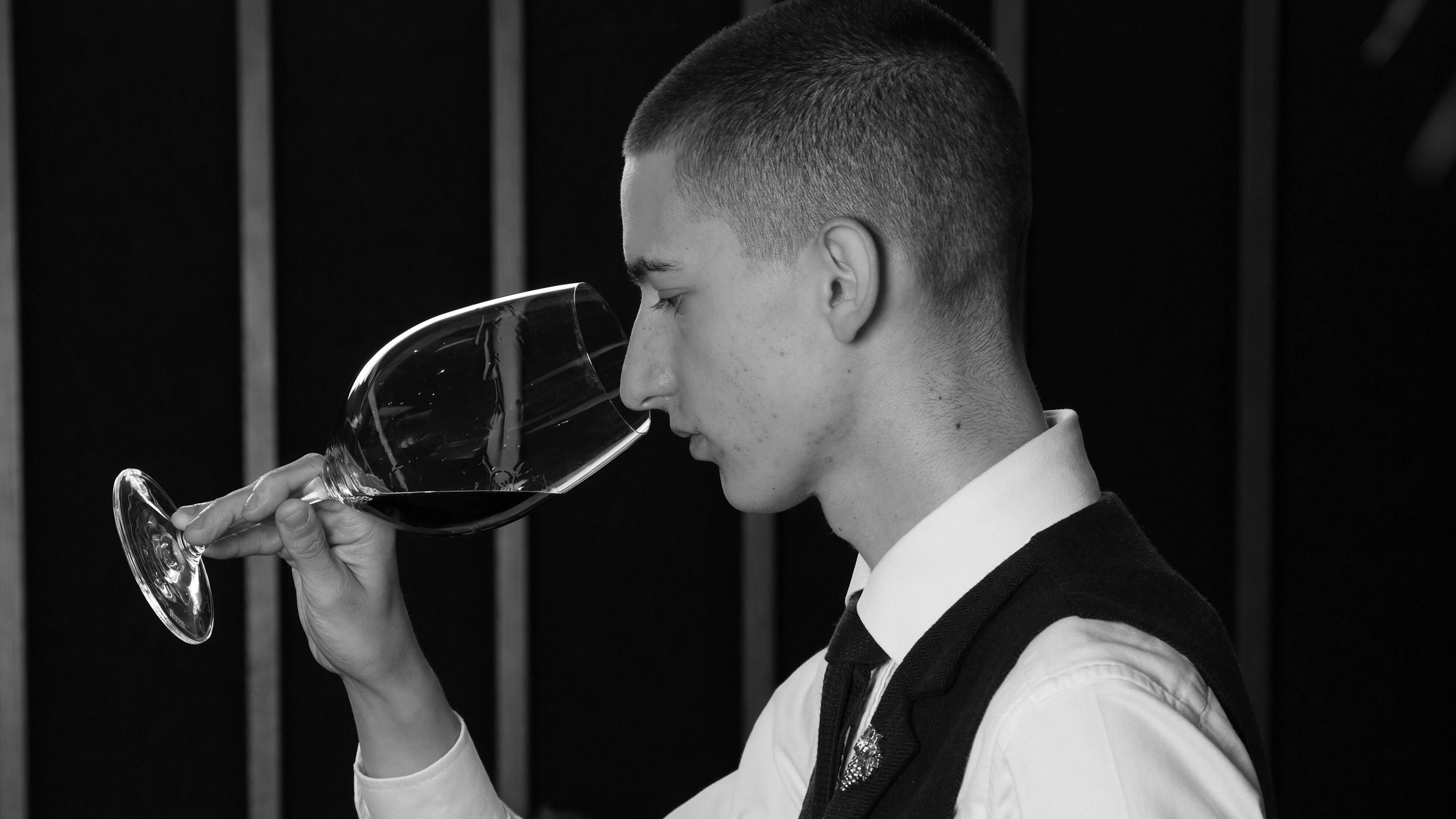Tell us about the moment you first became interested in wine
My passion for wine is rooted in Lombardy’s Valtellina, known for the Chiavennasca grape (Nebbiolo). The region has five subzones, each producing distinctive wines from the same variety. I was fascinated by how one grape could yield such diversity. That curiosity led me to explore wine deeply and pursue it as a profession.
Describe your wine list at The Braywood
The list spans over 600 wines from both Old and New Worlds, with a strong focus on France and Italy. Organised by country and region, it shows contrasts between appellations and growths, mixing traditional classics with more eclectic selections. Pricing is accessible, with glasses from £6 and bottles from £27.
Over the course of your career, have you had any wine-related disasters?
Early in my career in England, I had some moments that still make me shiver: a bottle of Hermitage Blanc by Tardieu Laurent slipping into an ice bucket, and opening the wrong vintage of Château Mouton Rothschild.
Name your top three restaurant wine lists
Clos Maggiore in London, La Tour d’Argent in Paris and Piazza Duomo in Piedmont.
Who do you most respect in the wine world?
Alessandro Fasoli (the managing director of The Braywood’s owner WSH Restaurants) and Edoardo Amadi (consultant for The Braywood’s sister restaurant The Woodspeen). They inspire me daily and even quiz me at 7am on details like Chablis Grands Crus or the first vintage to include Cabernet Franc in Tignanello.
What’s the most interesting wine you’ve come across recently?
I tasted several vintages of Bollinger Vieilles Vignes Françaises and La Côte aux Enfants, alongside a 1985 Château Lynch-Bages in perfect condition. That Lynch-Bages was one of the finest wines I’ve ever had, and it reminded me why I love this world.
What are the three most overused tasting notes?
“Fruity” — too vague; better to say cherry, blackberry or pineapple.“Oak” — a catch-all that could mean vanilla, toast or smoke.“Elegant” — flattering but empty; balance or finesse say more.
What’s the best value wine on your list at the moment?
Some of our best value wines come from Canada: a Cabernet Franc, Merlot and Shiraz. They show quality, balance and distinct terroir at an approachable price.
What is your ultimate food and drink match?
I once would have chosen a roast with red wine. Lately, it’s our Savarin Ortega-soaked sponge with white peach, vanilla and peach ripple ice cream — paired with the same Ortega used in the pudding, creating harmony between wine and dish.
Old World or New World?
Old World. I love the tradition, history and sense of place.
What is your pet hate when it comes to wine service in other restaurants?
When someone pushes a pricier bottle without reason, or gives generic advice without considering the food or the guest’s tastes.
Who is your favourite producer right now?
Tenuta Santa Caterina in Piedmont. Guido Carlo Alleva has restored the estate with modern techniques and deep respect for tradition. Their focus on indigenous varieties like Grignolino and Freisa is inspiring.
As a head sommelier, what question do you most get asked by customers?
“What would you recommend?” Guests also ask if I’ve tasted all the wines, how to store bottles at home, and sometimes about investment.
Which wine producing region or country is underrated at the moment?
Turkey. Despite its long history, it’s often overlooked, yet regions like Cappadocia, Thrace and Anatolia produce excellent wines from native grapes.
It’s your last meal and you can have a bottle of any wine in the world. What is it and why?
Probably one of my great-grandfather’s wines, pressed by foot — a memory from when I was under ten. I never tasted it, but my parents dipped my dummy in it to stop me crying, a custom in Italy. Otherwise, it would be Cantina Menegola Sassella Riserva 2009, the first bottle I shared with my parents. Both connect me to my roots and to the beginnings of my passion.

